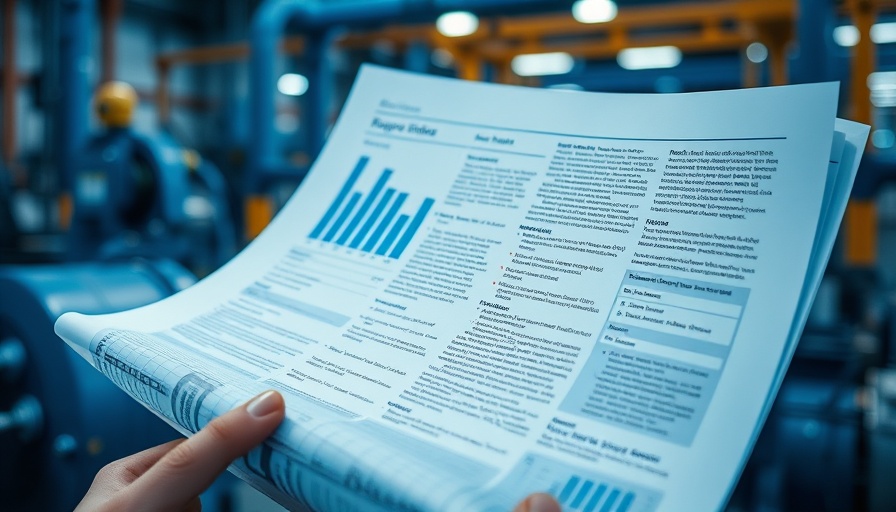
Understanding Tariffs and Their Impact on Global Trade
President Donald Trump’s recent announcement about a 25% tariff on all steel and aluminum imports, effective March 12, 2025, raises critical considerations for importers and exporters alike. Tariffs, while designed to protect domestic industries, can also lead to price increases and jeopardize international supply chains. Importers should assess how these tariffs will affect their cost structures and pricing strategies to remain competitive in the global market.
Shifts in Steel Exports: A Concerning Trend
With U.S. steel exports hitting an 11-month low in November, coupled with a sharp increase in imports as countries anticipate tariffs, the landscape of global steel markets is changing. Importers must adapt to a market where demand for domestically produced steel will likely increase due to protective tariffs. This is an opportunity for businesses to pivot and find reliable domestic suppliers to maintain their supply chains.
Consumer Confidence: The Hidden Metric Affecting Trade
February 2025 saw consumer confidence take a significant hit, dropping to 98.3, the lowest level in months. A decrease in consumer confidence typically foreshadows slower economic growth and reduced demand for imports. Importers should pay close attention to these trends and adjust inventory and purchasing strategies accordingly to avoid overstocking in a potentially declining market.
Industry Insights: Auto and Energy Sectors
As the automotive sector braces for competition with the announcement of tariffs and shifting consumer preferences, companies must rethink sales strategies. For instance, Volvo Cars has acknowledged a challenging year ahead due to EV price wars and tariffs on imports that could impact their pricing models. Energy markets, conversely, are blossoming with investment in renewables, which signifies a potential area for growth amid traditional industry's challenges.
Future Predictions: Where Are We Headed?
Looking ahead, the economic landscape suggests volatility. Tariffs could lead to increased costs for consumers and adjustments in purchasing patterns. Importers and exporters would benefit from monitoring economic indicators closely, particularly consumer confidence and manufacturing outputs, to navigate potential recessions. Being proactive rather than reactive can set businesses apart during these unpredictable times.
As we traverse through these shifting economic tides, staying informed and responsive to changes is key. For importers and exporters, understanding these dynamics will empower them to make informed decisions in their trading practices.
 Add Row
Add Row  Add
Add 




 Add Row
Add Row  Add
Add 

Write A Comment